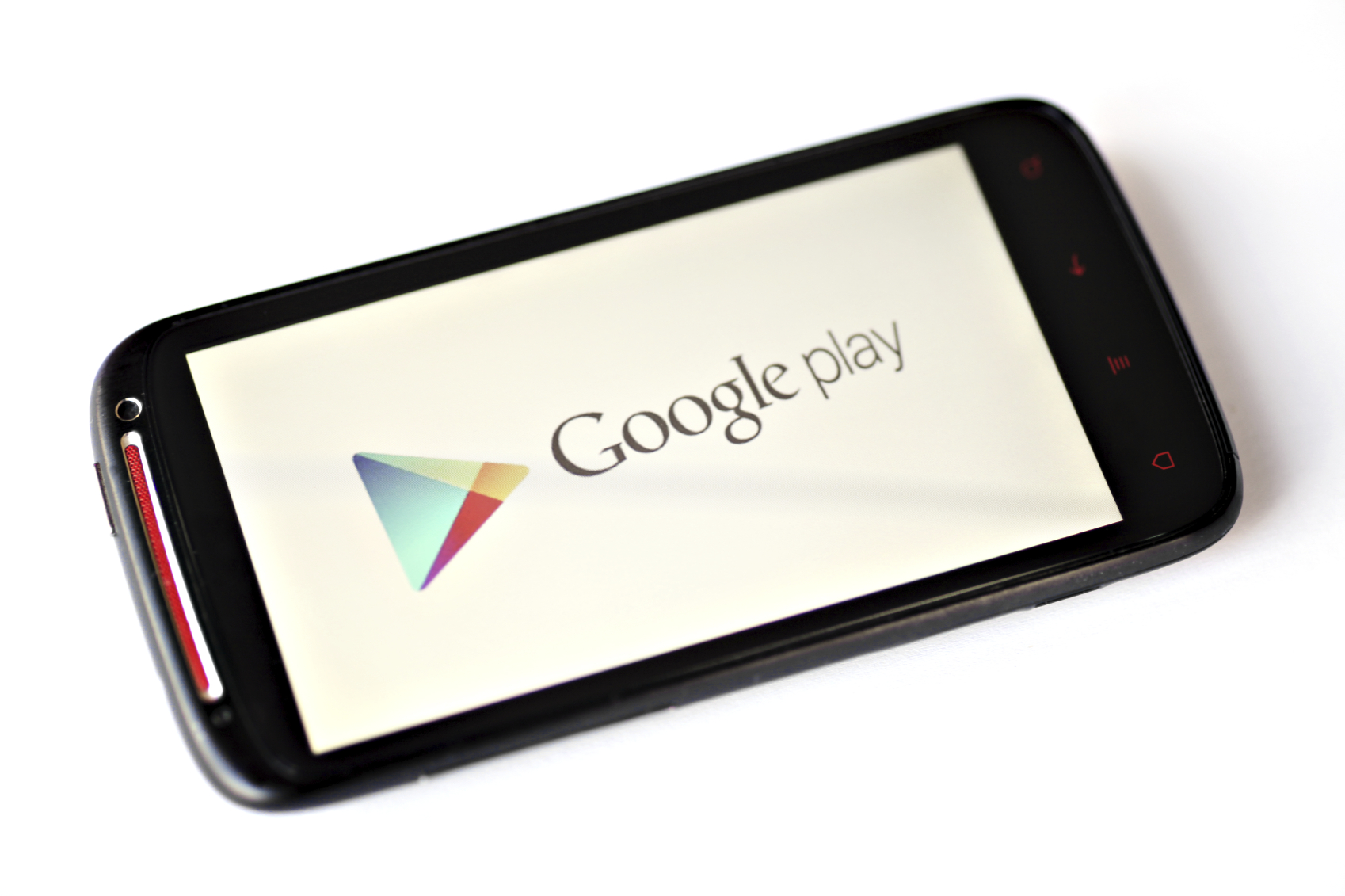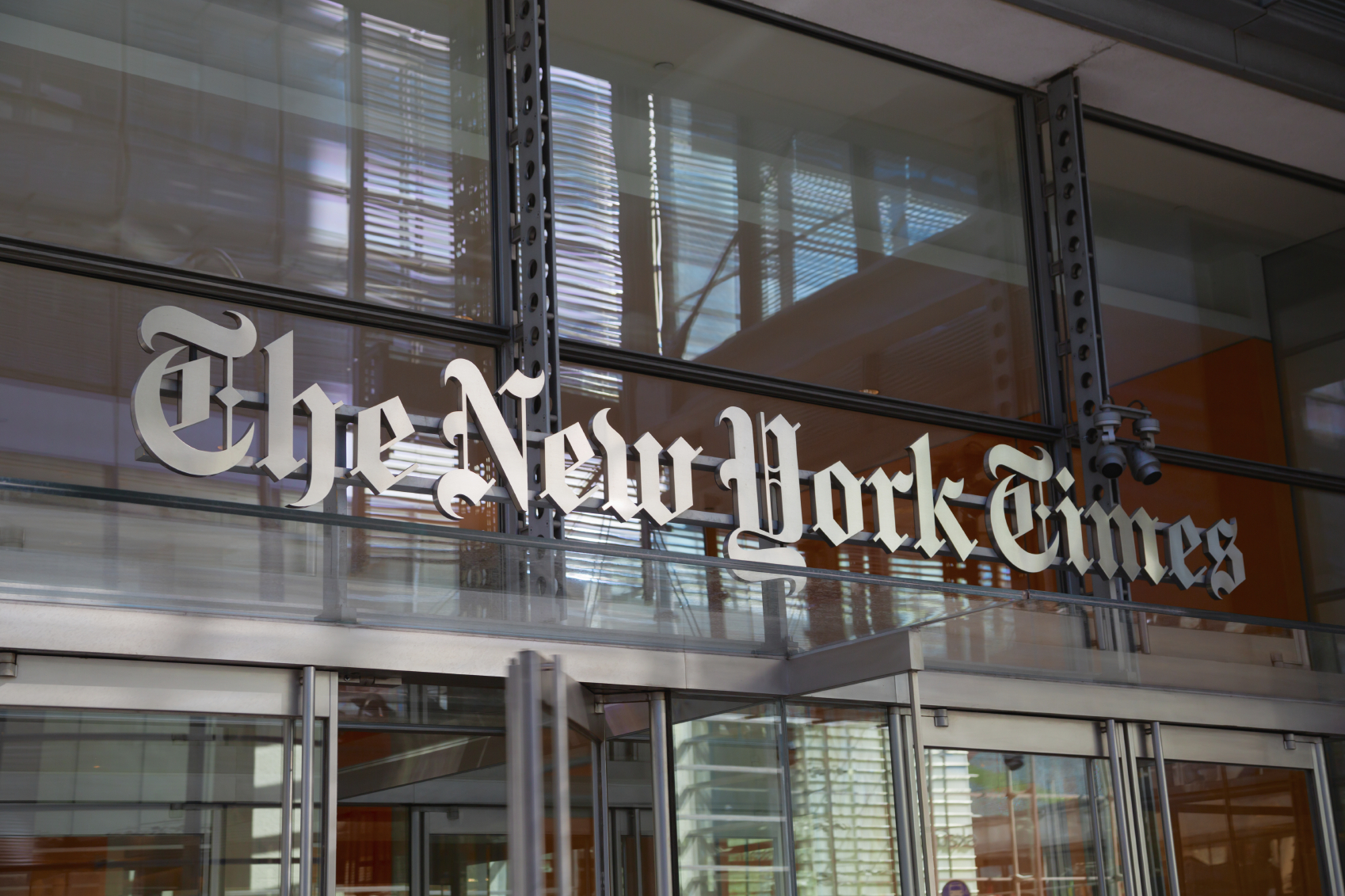What Happened
Amazon has been steadily building out its OTT streaming service Prime Video with new shows and branded content to compete with Netflix. On Thursday, the streaming service broke new ground by launching its first ad-supported original series. The show, The Fashion Fund, is a 10-episode reality competition series produced by Condé Nast Entertainment. It is free to watch for everyone with no Prime membership required and features some clickable ads that link to the brand’s website or Amazon shopping page.
Although Amazon has clarified that this is merely an experiment with ad-supported content and that Amazon Prime Video will remain ad-free, this new series nevertheless signals Amazon’s exploration of new business models for its OTT service. This new development also dovetails nicely with recent reports that Amazon is mulling over selling slim subscription bundles of TV networks via its OTT service.
What Brands Need To Do
Should Amazon move forward with this ad-supported model and create more free-to-watch content, the new audience they attract could help Amazon get a portion of the video advertising dollars that are increasingly moving to digital. As a result, this would also present a new channel for brands to reach the audience consuming TV content via streaming platforms (check out our Outlook 2016 for more on the Appified TV trend). In this fast-changing media landscape, brands need to stay alert of the new channels and opportunities to effectively reach the right audience, and adjust their ad spending accordingly.
Source: Wired




